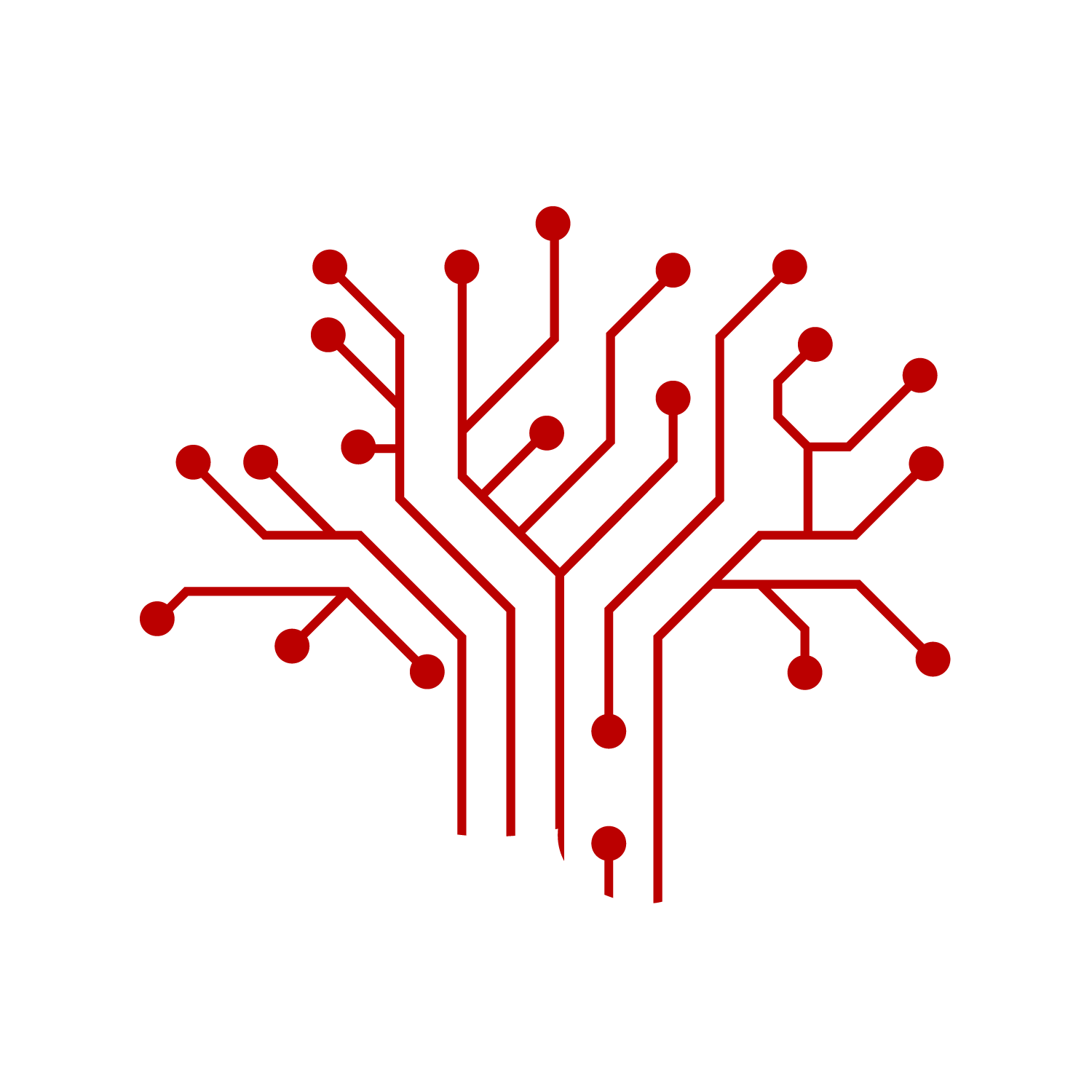SURF Research Tests Durability of New Probes
Smaller, stronger, customizable devices could dramatically increase accessibility to the brain
By Megan Harris
Media Inquiries- College of Engineering
- 412-268-5444
- University Communications & Marketing
- 412-268-2902
Carnegie Mellon University sophomore Mihir Lovalekar always nursed an interest in health care, particularly neurology, but until late last year, he wasn't sure how to marry medicine to his undergraduate major, mechanical engineering.
"I'd been researching my professors and their backgrounds, specialties and lab work," he said, "because I knew I wanted to contribute to something outside the classroom. That's how I got involved with the CMU Array."
The CMU Array is a first-of-its-kind, fully customizable, 3D printed microelectrode array composed of ultra-high density neural probes, which developers say have the potential to profoundly change the course of neuroscience research.
"It's exciting work," said co-creator Rahul Panat, associate professor of mechanical engineering and member of Carnegie Mellon's Next Manufacturing Center. "Brain probes on the market today are made of silicon that are prohibitively fragile, expensive and difficult to customize. The limitations in design mean they aren't always practical in some contexts, specifically when the signals need to be captured from the 3D volume of the brain at a high density for applications such as prosthetics or disease research. We think we've found a solution to that."
The project was born from a chance meeting with CMU's Eric Yttri, assistant professor of biological sciences, at a new faculty orientation in 2017, just after Panat joined CMU. They received preliminary seed funding in March 2018 from the DSF Block Grant program, which supports cross-disciplinary foundational life sciences research from CMU's Mellon College of Science and the university's other colleges. They also received a $1.95 million grant in August 2019 as part of the National Institutes of Health's Brain Research through Advancing Innovative Neurotechnologies (BRAIN) Initiative.
Panat said he is hopeful the research will lead to better precision medical devices, such as brain-machine interfaces, or BMIs; a more precise 3D mapping of neural circuits; precision neuroprosthetic devices to better restore patients' lost functionality; and new avenues for the treatment of neurodegenerative diseases.
Lovalekar read about their work and cold emailed Panat. He wanted to help.
"It felt awkward, at first, but [Panat] was very accepting of my interest," Lovalekar said. "He took time to explain it to me, how the components worked and what steps they were taking to improve the design. Now I test its strength."
Lovalekar spent the summer measuring electrical resistance and mechanical strength — how much force each probe or an array of probes can experience during insertion and the maximum pressure they can endure in the event of an obstacle. He began with agarose gel, which closely mimics the consistency of brain tissue, and moved on to small steel blocks the size of a thumbtack. With those two extremes, he can develop an expected range of withstandable force.
That testing, which is funded through a Summer Undergraduate Research Fellowship (SURF) grant from CMU's Office of Undergraduate Research, is a vital part of the development process, Panat said.
"[Lovalekar] got the probe station up and running, wrote the operations manual for it, and has been analyzing behavior on the cellular structures and working on compression tests," he said. "Yes, he's part of a big team, but his individual work is critical to this entire project."
Beyond that, Panat said he appreciates the fresh perspective he often gets from undergraduates like Lovalekar.
"At CMU, we are in the middle of all these smart people," he said, "so it's always exciting to have more people with ideas and ambitions in the lab who make your big ideas even better."
Working alongside the team has also shifted Lovalekar's professional ambitions.
"I always thought I'd probably go into something corporate, but I've been so inspired by this team and this process," he said. "Learning about the brain to hopefully improve people's lives —that's the most interesting challenge I can think of."

